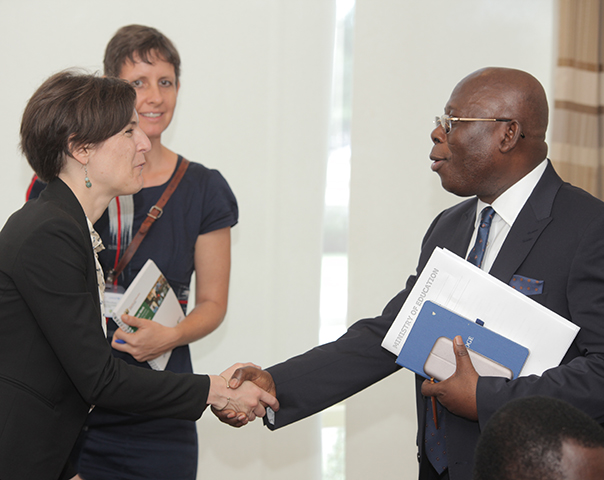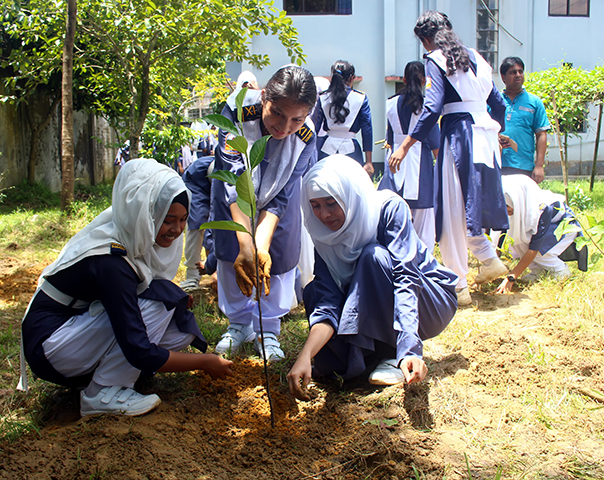Dynamics of Refugee Return to Syria from Lebanon

Abstract
The civil war in Syria caused large-scale forced displacement, both within Syria and to neighboring countries. What factors determine whether Syrians return home? With support from IPA’s Peace & Recovery Program, researchers from the Immigration Policy Lab conducted a representative survey of over 3,000 Syrian refugees in Lebanon from August-October 2019 to learn about their return intentions. The survey found that a majority wanted to return at some point in the future but thought it was too soon to go back within the next few years, and that refugees’ plans and aspirations to return are largely shaped by the situation in Syria and less so by the conditions in the host country.
Policy Issue
Worldwide, more than 26 million people live as refugees – forcibly displaced outside the borders of their home country. Such displacement has tremendous costs for the people living as refugees, in addition to posing policy challenges for hosting states and the international community. With a lack of effective policy responses, the international community often relies on the presumption that refugees will eventually return home as an expected solution to displacement. However, we know very little about when and why refugees return home. Understanding intentions is not just about preparing for the eventuality of return, but also having the evidence necessary to plan for long-term refugee responses, advocacy, and policy.
Context of the Evaluation
The ongoing civil war in Syria has caused large-scale forced displacement within the country and to neighboring countries, including Lebanon, Turkey, and Jordan. Lebanon is now hosting over a million Syrian refugees, nearly a quarter of the host country’s population. Amidst a deteriorating economic crisis, the Lebanese government has taken steps to encourage Syrian repatriation, despite criticisms. These overlapping crises in Syria and Lebanon underlie the complex context in which Syrian refugees must assess the decision to return home.
Details of the Intervention
This study is not a randomized controlled trial.
Between August and October 2019, researchers carried out in-person interviews with more than 3,000 Syrian refugees across Lebanon. The research team recruited a representative sample of Syrians in Lebanon, meaning that the survey data enables the researchers to draw conclusions about the full population of Syrians in the country. In interviews, the research team asked heads of household of either gender a series of questions related to their return intentions, their living conditions in Lebanon, the conditions in their places of origin in Syria, and the locations of their networks of family and friends.
Specifically, with regard to whether and when they intend to return to Syria, researchers asked:
- Do you plan to return to Syria in the next 12 months?
- Two years from now, where do you expect to actually be living?
- Do you hope to move back to Syria and live there one day?
The questions asked encompassed a wide range of conditions in Lebanon and Syria to assess their relative importance in influencing return intentions. Respondents were also probed on what their sources of information (e.g. personal networks, social media, official news media, NGOs, etc.) are and how they are accessed.
In addition, researchers later conducted 36 semi-structured qualitative interviews, between February 2020 and June 2021, with a separate sample of Syrian refugees living in Lebanon. These interviews aimed to further elucidate refugees’ lived experiences and behaviors through exploring respondents’ migration histories, intentions and aspirations, and their future-oriented decision-making processes.
Results and Policy Lessons
In 2019, most Syrians said they hoped to return someday, but only five percent intended to return in the year following the interviews. When asked about their plans in two years, 27 percent said they expected to be living in Syria. However, there were significant differences between where people expected to be in two years and where they wished to be:
- While 27 percent said they expected to be in Syria in two years, 59 percent said they wished they could be in Syria.
- Over 40 percent said they expected to still be in Lebanon, but less than 15 percent said they preferred to stay in Lebanon.
- 20 percent of Syrians said Europe would be their ideal location but only 7 percent said they expected to be living in Europe.
What influences the decision to return?
The results suggest that refugees’ short-term intentions to return are likely predicated on conditions in Syria. Whereas, conditions in Lebanon were not found to predict respondents’ return intentions, even when asked about potentially worse conditions in the future.
As a supplement to the analysis of the observational data, the researchers implemented a survey evaluation to isolate the causal effect of conditions in Syria and Lebanon on return intentions. The evaluation presented respondents with hypothetical scenarios about conditions one year into the future in Syria and Lebanon, and asked if they would return to Syria.
The results are largely consistent with the observational data.
On average, conditions in Syria play a more important role in shaping people’s return intentions than conditions in Lebanon. Results suggest that safety is the most powerful driver of return, with security in one’s hometown and nationwide increasing return intentions by 35 percent and 42 percent, respectively. Both access to a good job and public services in Lebanon play a small, negative role in people’s return intentions.
A threshold model of refugee return
The findings of this study have shaped a new framework for understanding refugees' decision to return home. According to this framework, the impact of host country conditions on the decision to return is minimal as long as safety concerns in the home country remain unaddressed. However, once those safety conditions are met, refugees weigh the advantages and disadvantages of both the home country and the host country before making a decision.
This framework is supported by results from a survey experiment that assessed the safety conditions in Syria as either safe or unsafe. The findings suggest limited evidence supporting the influence of job availability and public services in Lebanon and Syria on refugees' intentions to return. However, once safety concerns in their home country are addressed, refugees consider the economic and social conditions of both the host and home countries when deciding to return.
Policy Lessons
The results suggest that governments and policy actors who aim to compel Syrian refugees to leave through nonpermissive policies surrounding access to the labor market, services, movement, and legal status will likely be unsuccessful. Even refugees facing significant hardship due to poverty, hostility, and formal mobility restrictions in Lebanon would not choose to return as long as conditions in their home country remain unsuitable. The findings emphasize the need for sustainable and durable policy and programming solutions, including its financing, to improve Syrian refugees’ living conditions amidst protracted crises.
Link to Results
- Reducing Attrition in Phone-based Panel Surveys (Immigration Policy Lab Working Paper)
- Returning Home? Conditions in Syria, Not Lebanon, Drive the Return Intentions of Syrian Refugees (IPA Policy Brief)
- The Dynamics of Refugee Return: Syrian Refugees and Their Migration Intentions (Working Paper)
- Returning Home? Why Pushing Syrian Refugees To Return Is Unlikely To Be Effective (Immigration Policy Lab Policy Brief)
- Knowledge about COVID-19 among Syrian Refugees in Lebanon (Immigration Policy Lab COVID-19 Policy Brief)
- The Dynamics of Refugee Return: Syrian Refugees and Their Migration Intentions Published Paper (British Journal of Political Science Published Paper)
- The Consequences of COVID-19 on Forcibly Displaced People: A Primer on Research Activities (Joint Data Center on Forced Displacement Primer)












